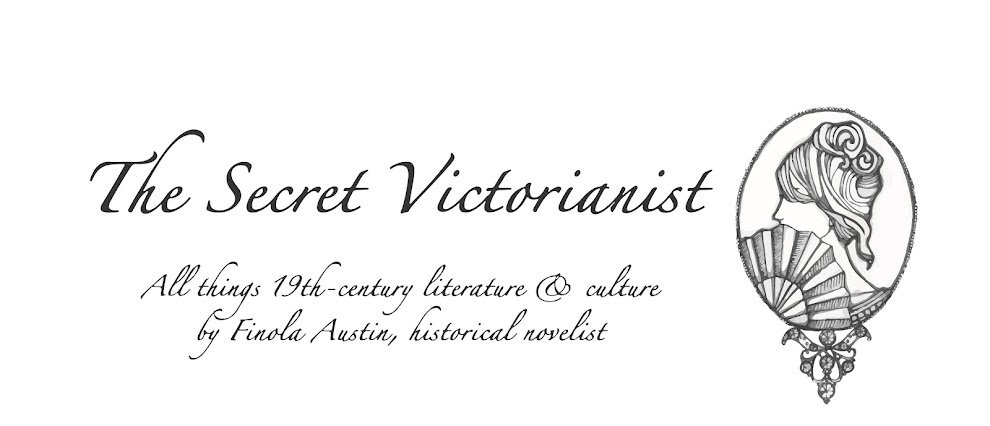“Read!” is the number one tip I give aspiring writers, and, in 2020, I managed to follow my own advice. With our social lives non-existent, this year was a good year to escape into a great book, and I hit my goal of reading 50.
For the full list, check out my Goodreads profile. I read 43 novels to seven works of non-fiction and 42 books by women to eight books by men. And 11 of the books were by authors of colour.
In this post, I’m not going to summarise everything, but to highlight some of the best—the books that have stood out most to me from the year.
Favourite FictionIt was so tough to choose my favourite reads of 2020, as different books are great for different moods. But there were three that I’ve been raving about to anyone who will listen.
Mary Toft; Or, The Rabbit Queen, by Dexter Palmer is the novel I would recommend to everyone, despite its slightly strange synopsis. The book is based on the true story of an eighteenth-century Englishwoman who claimed to be giving birth to butchered rabbits. But it’s so much more than that. A book about fake news, the nature of truth, and the dangers of partisan hysteria, this piece of historical fiction couldn’t have felt more 2020.
I also couldn’t go without mentioning The Mirror and the Light, the third novel in Hilary Mantel’s trilogy on Thomas Cromwell. Mantel is probably the best living historical novelist and the final book in the series more than delivers.
I’ve been reading lots of books set during the French Revolution (check out a recent summary here), and Edward Carey’s Little, an imaginative look at the childhood of famous waxwork artist Madame Tussaud, is a standout. Like Dexter’s novel, this one isn’t for the squeamish, with Carey’s own illustrations bringing a visual dimension to a lively, gruesome, and original novel.
Non-Fiction Favourite
As you can see from my stats, I read much more fiction than non-fiction, but I did read some great non-fiction this year, on everything from ballet to millennial politicians, and Napoleon’s mistresses to Queen Victoria.
My favourite non-fiction read was, unsurprisingly, one of the most fiction-related—How the French Invented Love, by Marilyn Yalom. This book takes readers on a whirlwind tour through French literary history, charting how the country and its capital have become synonymous with romantic love.
Top Nineteenth-Century Read
I didn’t read as many books as usual this year actually written during the nineteenth century, probably because the publication of my own debut novel, Bronte’s Mistress, brought me into contact with so many talented living authors.
My top pick of those I did read is decadent novel The Marquise de Sade, by Rachilde. Check out my full review here and venture into this scandalous story of late nineteenth-century depravity if you dare.
Top Neo-Victorian Voices Read
I also continued to review books set in the nineteenth century, but written in the twenty-first, for my Neo-Victorian Voices series. Of those I blogged about this year, The Confessions of Frannie Langton, by Sara Collins was my favourite. The story of a woman formerly enslaved on a Jamaican sugar plantation and now on trial for her London employers’ murders, this book is written in a compelling first person.
Top Reads for Bronte Lovers
If you follow my blog and me, you might very well be a lover of the Brontes. So, as well as recommending you read my Bronte-inspired novel, Bronte’s Mistress, I wanted to suggest some other Bronte-related reads.
The Mother of the Brontes by Sharon Wright, a biography of Maria Bronte (nee Branwell), is my non-fiction Bronte pick (review here). And novels I recommend you check out are The Vanished Bride, by Bella Ellis (review here), The Secret Diaries of Charlotte Bronte, by Syrie James (review here), and Mr Rochester, by Sarah Shoemaker (review here).
Self-Published Pick
My reading skews heavily towards traditionally published books, but I also wanted to give you an indie pick—The Best Man on the Planet by C.G. Twiles. This genre-bending modern Gothic is exactly the kind of gem non-traditional publishing gives us. Check out my interview with Twiles here.
Debut Novels
Finally, the best part of 2020 for me has been the support and community I’ve enjoyed from and with other debut novelists. You might have noticed that none of them were mentioned above, but that’s because I didn’t want to pick between them! I still have plenty more novels to read by the other debuts, but here’s a list of the ones I got to this year.
Historical fiction lovers should read Fifty Words for Rain, by Asha Lemmie (set in post-WWII Japan), and regency rom-com To Have and To Hoax, by Martha Waters. I’m also shouting out The Jane Austen Society, by Natalie Jenner, which I actually read in 2019, but reviewed in 2020, its publication year.
Both contemporary debuts I have to recommend deal with grief. In Lindsey Rogers Cook’s How To Bury Your Brother, a woman discovers undelivered letters from her dead brother and takes a journey to the past. And in The All-Night Sun, by Diane Zinna, a young orphaned college professor develops an inappropriate relationship with her female student.
Love thrillers, mystery and suspense? Sisters are pitted against each other in The Better Liar, by Tanen Jones, and family drama is also at the heart of A.H. Kim’s A Good Family. While Winter Counts by David Heska Wanbli Weiden is a dark and violent tale of a vigilante tracking down drug dealers on a Native American reservation.
What did you read in 2020? I’d love to hear your recommendations! If you did read and enjoy Bronte’s Mistress, please consider reviewing the book on Goodreads and Amazon—every review helps. Wishing you a very happy 2021 and beyond. To stay up to date with books, news and reviews from me, sign up to my email newsletter below.





